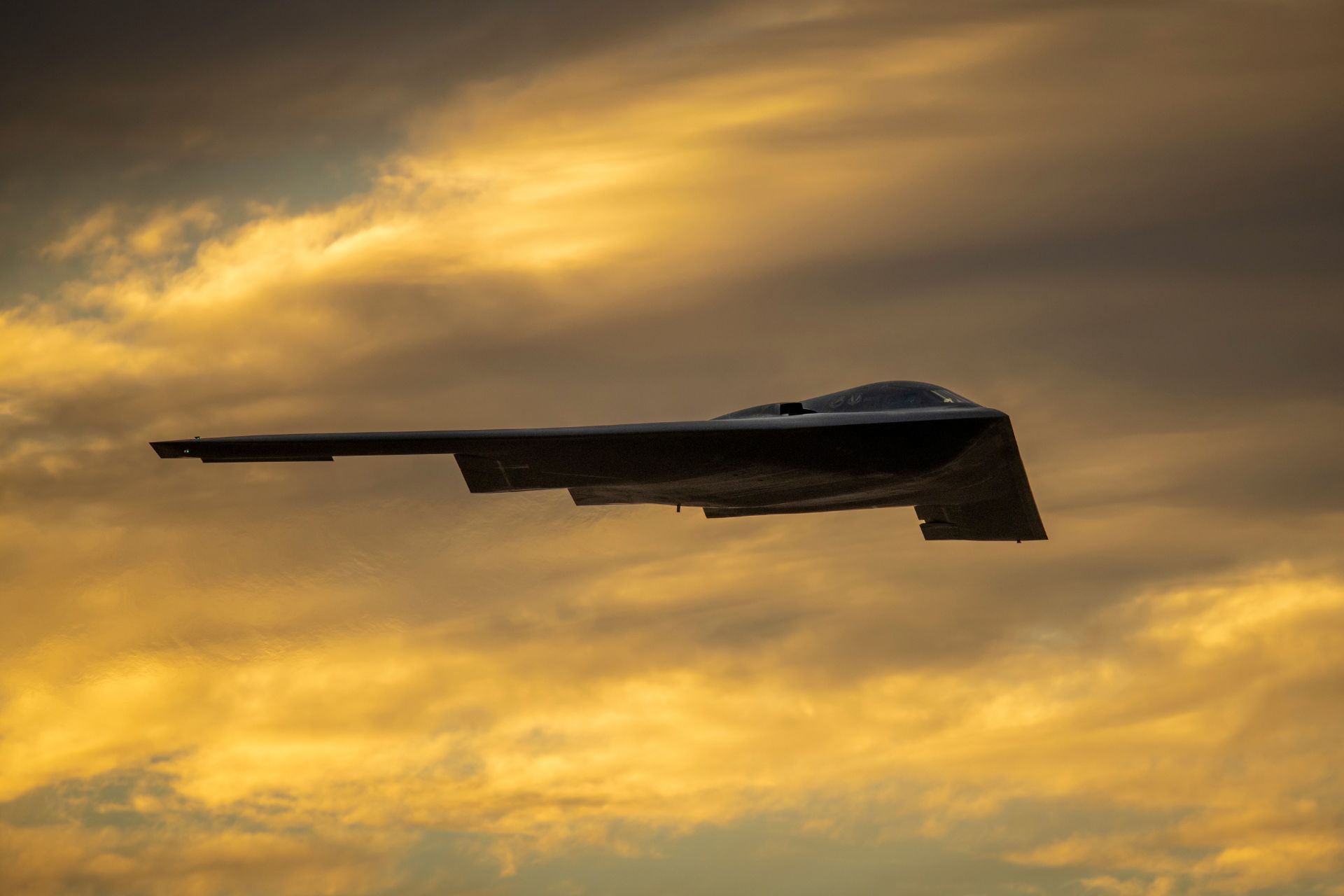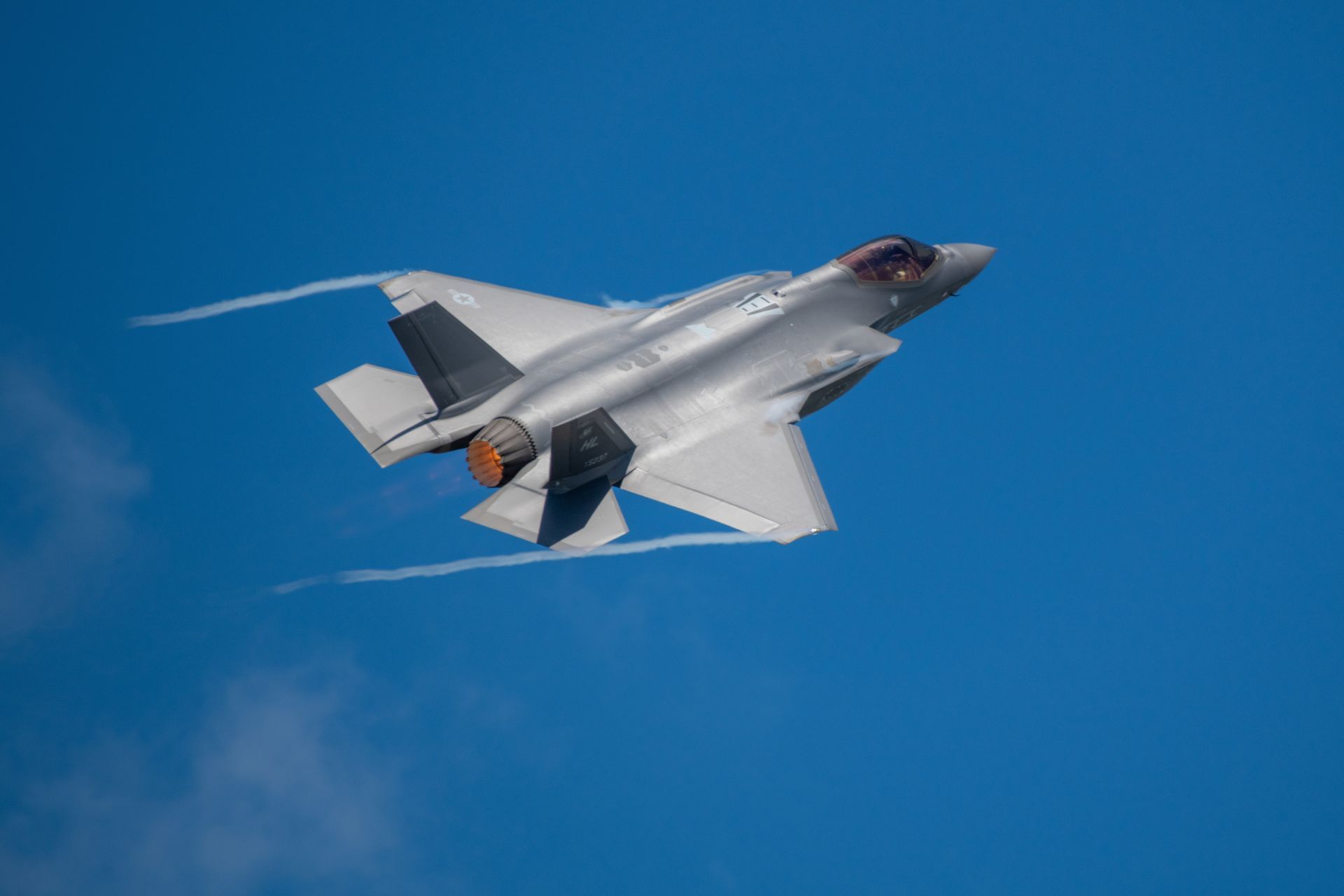Breaking News
US Reorients Its Nuclear Strategy in Response to Growing Chinese Threat.
In March 2024, President Joe Biden approved a highly classified nuclear strategic plan for the United States, marking a turning point in the country’s nuclear deterrence doctrine, as reported by The New York Times. This new plan, called "Nuclear Employment Guidance," redefines American strategy for the first time by focusing on the rapid expansion of China’s nuclear arsenal. This decision reflects growing concerns within the Pentagon, which estimates that China's nuclear stockpiles could equal those of the United States and Russia within the next decade.
Follow Army Recognition on Google News at this link

A U.S. Air Force B-2 Spirit bomber assigned to the 509th Bomb Wing, Whiteman Air Force Base, Missouri, flies over Luke Air Force Base, Arizona, Nov. 15, 2022 (Picture source: US DoD)
Every four years, the U.S. administration updates its nuclear deterrence doctrine through the publication of the "Nuclear Posture Review" (NPR). This strategic document, regularly revised, had previously primarily focused on Russia, whose nuclear arsenal is comparable to that of the United States. The latest NPR, published in 2022, reaffirmed that U.S. nuclear weapons serve to deter any attack and reassure American allies, while being ready for use should deterrence fail.
The White House has not officially announced the approval of this revised strategy, but reliable sources indicate that this new directive aims to prepare U.S. forces for potential simultaneous or coordinated nuclear confrontations with China, Russia, and North Korea. Unlike previous versions of this strategic document, this one has been distributed only in paper form to a small circle of national security officials and Pentagon commanders, underscoring its extreme confidentiality.
The evolving global geopolitical situation, marked by growing military cooperation between Russia and China, as well as North Korea’s expanding nuclear capabilities, has fundamentally altered how the United States views nuclear deterrence. Russia and China, now conducting joint military exercises, are strengthening their strategic ties, while reports suggest that Moscow may be supporting North Korean and Iranian missile programs in exchange for conventional weapons used in the war in Ukraine.
The current context presents a significant challenge for the United States, which must now adjust its nuclear posture to an environment where the threat of multi-front nuclear confrontations becomes more plausible. During a recent press conference, Joe Biden acknowledged adopting a policy aimed at interfering with the China-Russia partnership but declined to provide further details, highlighting the sensitivity of the situation.

US has several strategic bombers as well as fighter-bombers capable of carrying nuclear bombs, such as the B-52 Stratofortress, B-2 Spirit, B-21 Raider (upcoming), F-15E Strike Eagle, F-16 Fighting Falcon, and F-35A Lightning II. (Picture source: French MoD)
China’s nuclear ambitions have become a central concern for the United States. Under President Xi Jinping, Beijing has abandoned its minimal deterrence strategy in favor of aiming to equal or surpass the nuclear arsenals of Washington and Moscow. The speed of this expansion has surprised American intelligence officials, who now estimate that China could possess 1,500 warheads by 2035, a number comparable to the United States and Russia.
Additionally, the United States is also confronting the growing power of North Korea's nuclear arsenal, which has exceeded 60 nuclear weapons, according to estimates. North Korean leader Kim Jong-un recently stated that he would not hesitate to use his weapons preemptively to annihilate hostile forces, fueling fears of a nuclear escalation in the region.
Despite these tensions, nuclear safety discussions between the United States and China have stalled. Beijing has ended a nascent dialogue on improving nuclear safety and security, citing U.S. arms sales to Taiwan as justification. This breakdown in communication between the two nuclear powers increases the risk of misunderstandings or incidents that could escalate into nuclear confrontations.
China’s nuclear doctrine is based on three concepts: limited deterrence (or strict sufficiency), effective defense, and counterattacks against enemy strategic sites. Although China is not constrained by disarmament treaties, the rapid development of its arsenal raises concerns. An editorialist from the Global Times, a newspaper close to the Chinese Communist Party, provided some insight in May 2021, stating that the number of nuclear warheads in the People's Liberation Army must reach a level capable of deterring American elites from engaging in military confrontation with China.
As the United States adjusts its strategy to face this new reality, it remains to be seen how this reorientation will impact international relations and global stability. The tensions between these nuclear powers, combined with the lack of effective arms control mechanisms, could mark the beginning of a more intense and dangerous era of nuclear competition.


























